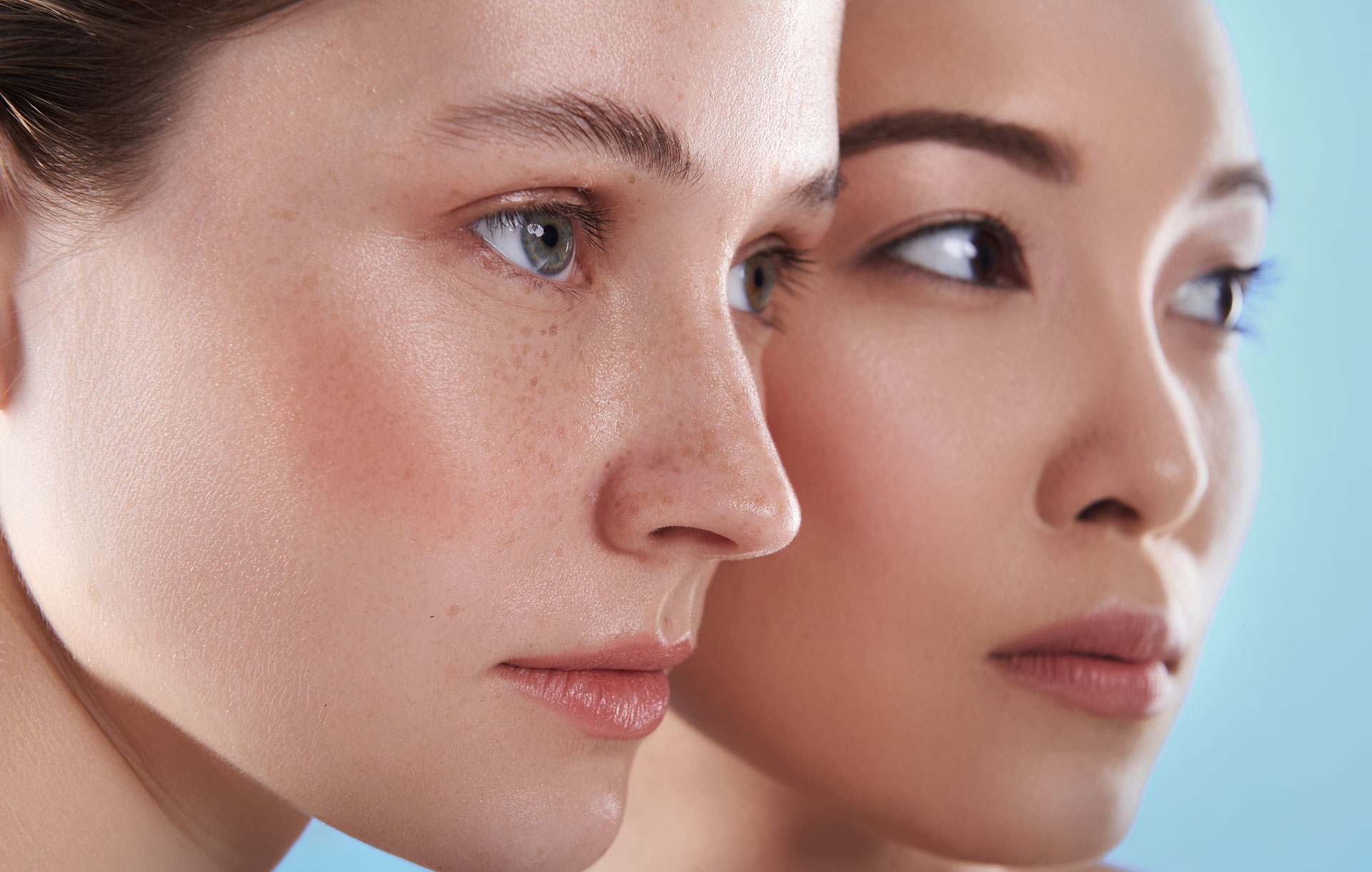Ingredient Spotlight
In the world of cream and potions, one always wants to smear whatever miracle cream or rub the next big gemstone tool across our face to slow the inevitability of aging. However, some of the hardest-hitting ingredients our body already makes! One of these is glutathione, an antioxidant that is here to save the day!
Glutathione [gloo-tuh-thai-own] is a powerhouse peptide that our body makes. It is made of three amino acids: glutamine, glycine, and cysteine. It is created in the liver but benefits every cell in our body. It is an antioxidant, so it is always working to reduce oxidative stress, remove toxins and heavy metals, and protect our DNA.
[ihc-hide-content ihc_mb_type=”show” ihc_mb_who=”2,4,6,7,5″ ihc_mb_template=”3″ ]
Unfortunately, levels of glutathione decrease in the body starting at 20! Poor nutrition, environmental pollution, stress, and age can also decrease the amount of glutathione in our bodies. This can lead to inflammation, wrinkles, hyperpigmentation, and melasma.
It may feel like it has been bottled and put onto the market only recently, but the medical community has been using it for years to treat acute illnesses.
They have higher levels of glutathione in mature populations of people who live well into their 80s. One study showed that higher levels of glutathione were related to lower cholesterol, blood pressure, and fewer chronic illnesses. Simply put, glutathione levels are important to intrinsic and extrinsic aging.
It has also been shown that lower levels can be linked to liver disease, chronic age-related diseases, certain pulmonary diseases, and neurodegenerative disorders. Without this tripeptide, our bodies are victims of oxidative stress and inflammation all throughout the body.
In the skin, glutathione is used for skin lightening because it inhibits the enzyme tyrosinase in its production of pigment. Oxidative and environmental stress take heavy tolls on our skin by taking all that is good and leaving us with sullen, crinkled, and mottled skin. Gross.
We all know or should be coming around to know that antioxidants do great things, and free radicals are very real. Glutathione applied topically is our knight in shining armor that leaves us with glowing and bright skin that has only a whisper of wrinkling.
With all things antioxidant related there is more than one way to get your tripeptide fix. As previously mentioned, glutathione’s makeup is cysteine, glycine, and glutamine – one is already made in the body, cysteine, but glycine and glutamine need to come from other places. Think sulfurous foods – stinky but good for the body. These are going to be the almighty egg, broccoli, cauliflower, Brussel sprouts.
Nuts, legumes, and allium vegetables are also helpful for glutathione production. Keeping your liver healthy is also key to help your body remove toxins. Some supplements such as milk thistle are touted to help detoxify the liver, and there was one study that shows whey protein is used in glutathione production.
Another means of acquiring higher levels of glutathione is by intravenous infusion or intranasally inhalant. These methods are used most with therapy-based treatments for preexisting treatments. However, some dermatologists and wellness spas do drip-based treatments for more cosmetic and skin-related issues.
One can also ingest glutathione through oral supplements. This is not the ideal method of consumption because it is broken down too much during digestion. There are liposomal supplements and skincare that allow better transdermal penetration and internal absorption. Look for acetyl-glutathione or acyl glutathione. No matter how you get glutathione, it’s benefits are numerous and worth adding to your skincare regimen or menus of services.
[/ihc-hide-content]












